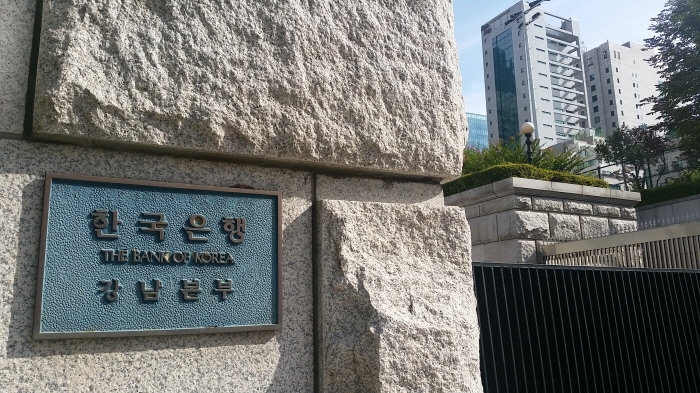After South Korean exports turned out to be far worse than expected, Bank of Korea is likely to follow up with its own easing.
Economy at a glance -
- South Korea is fourth largest economy in Asia, with GDP growing 0.6% in the last quarter and with low unemployment at 3.4%.
- In response to lower inflation and bid to boost growth, Bank of Korea (BOK) has reduced rate to record low of 1.5%. However it has kept its policy stable for seventh straight month in January.
However, last week's actions from bank of Japan (BOJ) to push rates into negative, likely to make Bank of Korea to cut rates by another 50 basis points or more in 2016.
Only a relatively higher inflation (1.3% or 0.3% m/m) and excessive leverage taken up by household could make BOK policymakers rethink before taking up easing actions. However, with oil price plunging further into 2016, we expect BOK will have some room on the inflation front.
January's trade figure could serve as one of the key reasons, why BOK might choose to ease further.
South Korea's exports slumped by most since 2009, except for last August. Exports shrank 18.5% in January in 2016 from a year ago, while economists were expecting just around 10.3% contraction. Exports now have contracted for 13th straight month.
Trade balance is still in positive thanks to falling imports. Imports have fallen for 16 months at a stretch now. However trade balance has dropped to $5.3 billion in December from previous figure of $7 billion.
Exports are vital for South Korea's economy, current account size is about 6.3% of GDP, even after contraction.
Weakness in China has been majorly responsible for South Korea's weakness in exports as China accounts for 26% of all the exports.
So recent depreciation of Chinese Yuan is another key reason, why BOK might follow up on easing.



 뱅크오브아메리카, 연준, 주식시장에 최상의 시나리오 제공
뱅크오브아메리카, 연준, 주식시장에 최상의 시나리오 제공  Unemployment of 4.2% is a sign of RBA success, but it might not last. Here’s why
Unemployment of 4.2% is a sign of RBA success, but it might not last. Here’s why  Why is the Reserve Bank independent from government, and why does it matter?
Why is the Reserve Bank independent from government, and why does it matter?  일본은행 우에다 총재 기자회견 발언
일본은행 우에다 총재 기자회견 발언  금리 인하로 금 강세 지속될 것, UBS 전망
금리 인하로 금 강세 지속될 것, UBS 전망  씨티, 연준 11월에 50bp 추가 금리 인하 예상
씨티, 연준 11월에 50bp 추가 금리 인하 예상  Fed's Evolving Role: Balancing Market Stability and Moral Hazard
Fed's Evolving Role: Balancing Market Stability and Moral Hazard 































